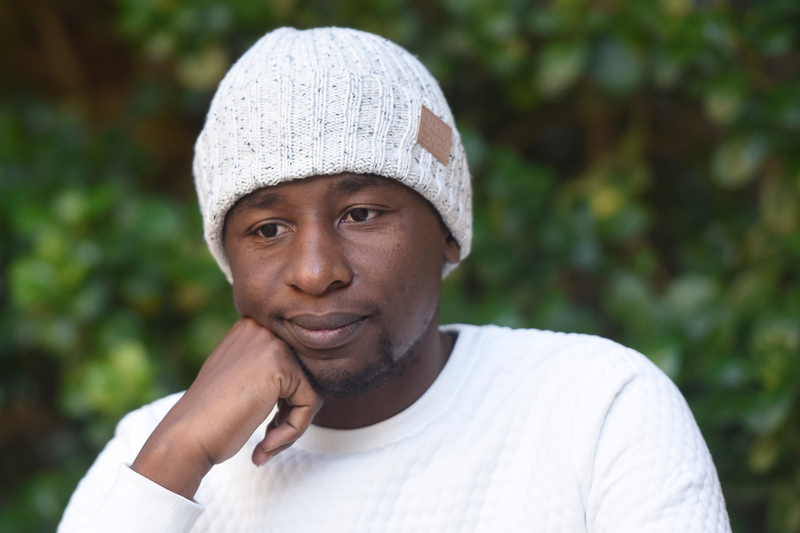Racism and ‘xenophobia’: 10 key points
17 September 2019 | Story Carla Bernardo. Photo Brenton Geach. Read time 3 min.
Ivan Katsere, a PhD candidate at the University of Cape Town (UCT) and a lecturer in the Department of Psychology, recently wrote an opinion piece for the Daily Maverick, “Dehumanising the other: The language of black-on-black racism”. In it, Katsere illustrates the centrality of racism in violence against African migrants.
Here are 10 key points from his op-ed:
- “The wrongfully labelled ‘xenophobic attacks’ have shown the capacity of racism as a structure to be embodied and [practised] by black people.”
- “The racialisation through attitudes by black people has proven how colonialism was ‘perfected’ and the full circle of the phenomenon represented by black people keeping ‘other’ black people on the fringes of society, and exterminating them, in a fashion that was designed for, and by, colonialism.”
- “In South Africa, [language] can be used as a marker of one’s social status that can either grant or deny you access to various spaces.”
- “In many places, especially townships, those who adopt English as the main medium of communication are perceived as outsiders who do not belong to the community.”
- “IsiZulu is frequently used by the police when trying to identify undocumented immigrants or foreigners in general.”
- “... language also serves [as] an agent of social exclusion … and an othering element used to discriminate against and dehumanise migrants who cannot speak local languages (mainly black Africans by black South Africans)”.
- “Black bodies that do not perform in a prescribed way are dehumanised and attacked through hate speech targeted at exposing the non-belonging blackness as the bodies which need to be exterminated from the community.”
- Derogatory terms are used to dehumanise people “by reducing them to the level of unwanted animals or vermin”. In South Africa, terms often heard include amagundwane (rats), rigambas (dung beetles), makwerekwere and cockroach.
- Calling someone after the name of a place, such as Zimbabwe or Africa, or a person, for example Mugabe, does not imply national or continental pride. Rather, it carries “racist and colonial connotations of places that are backward, challenged, of an inferior nature, backward culture or not fit for human survival”.
- “South Africa presents a unique context where black people have been kept at the bottom of the socio-economic structure and it seems a perception of competition and a perception of the scarcity of resources in this particular socio-economic class has succeeded in creating another structure, one in which black people fight other black people to be on top of the lower socio-economic class.”
Read Katsere’s full op-ed on Daily Maverick.
 This work is licensed under a Creative Commons Attribution-NoDerivatives 4.0 International License.
This work is licensed under a Creative Commons Attribution-NoDerivatives 4.0 International License.
Please view the republishing articles page for more information.
Related
Standing against xenophobia
09 Sep 2019
Afrophobia: Language does the dirty work
21 May 2019
New study investigates why refugees aren’t going home
20 Mar 2019
Republished
A beacon of hope for refugees
03 Aug 2018










